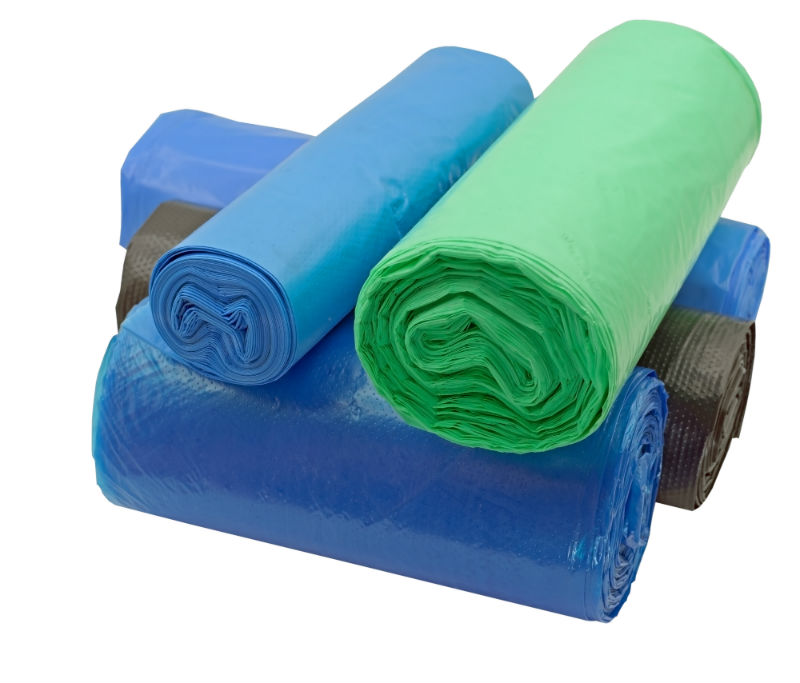The packing of medication is vital in the pharmaceutical field. It has to address factors like the assurance of patient safety, shelf-life efficiency, and quality control.
The compounds in the medications make packaging a tricky task. They are often sensitive to temperatures, exposure to light, or exposure to air, and any pharmaceutical packaging industry has to keep this in consideration.
Environmental-Friendliness
Pharmaceutical packaging companies have the duty of making sure that they use non-polluting packaging as it can’t compromise the medications. For this to be a reality, more sustainable materials should be used.
Unlike other kinds of packaging, pharmaceuticals requires packaging in three different ways.
Methods Of Packaging Pharmaceuticals
- Primary Packaging
It is the major part since it is in immediate contact with the drug. It has to be in a way that it does not affect the chemical composition of the drug. It works for all types of medications like liquid, capsule, and ointments.
The packaging comes in blister, strip, syringes, sachets, and container forms. Pharmaceutical packaging firms use plastic and glass. However, plastic is the most used because they are long-lasting and flexible in every condition.
- Secondary Packaging
After the most crucial part, this second layer of packaging includes printed material with vital details about the product, such as the active components. It also holds the aesthetic details, as well as the brand image of the product.
- Tertiary Packaging
The boxes for this part are usually pasteboards and cardboards. The materials must protect the primary and secondary packaging while in storage or transit.
Summary
Correct sealing of pharmaceutical products is vital for formulating more consumer-friendly dosage forms. The packaging should provide an open presentation, protection, and convenience from storage to consumption.
Most importantly, it should highlight the expiry date of the product.

